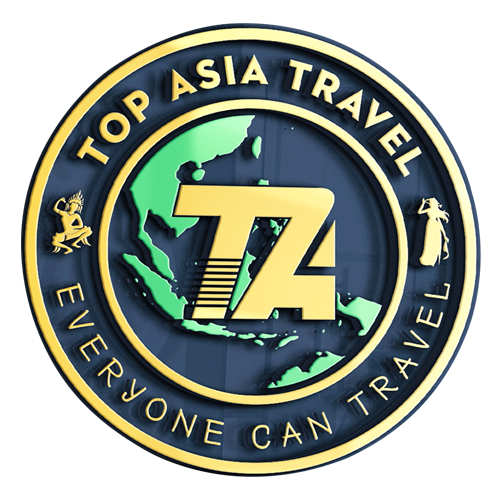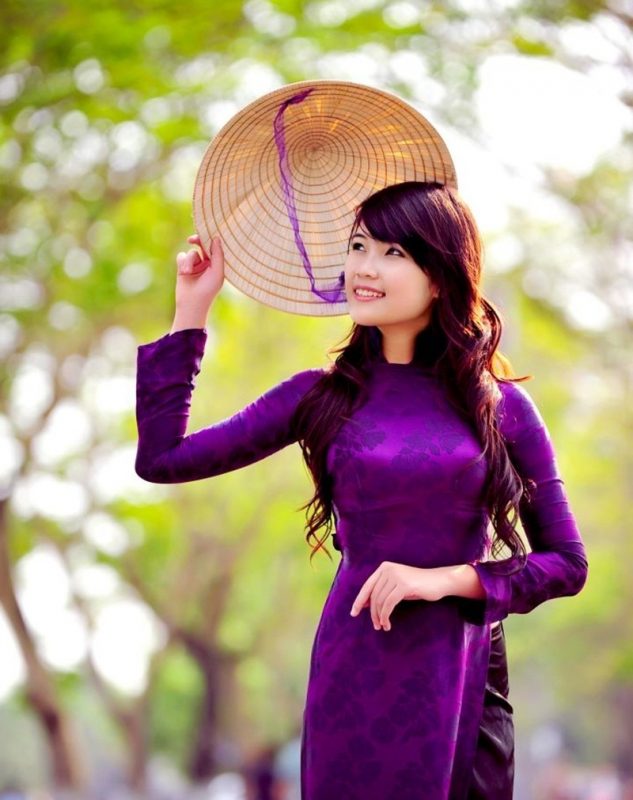About Vietnam
Vietnamese
Vietnamese people
According to legend, the first Vietnamese people were descended from the dragon king Lac Long Quan and the angel Au Co. The dragon and the angel married and produced one hundred eggs, from which hatched Hung Vuong, the first Vietnamese king.
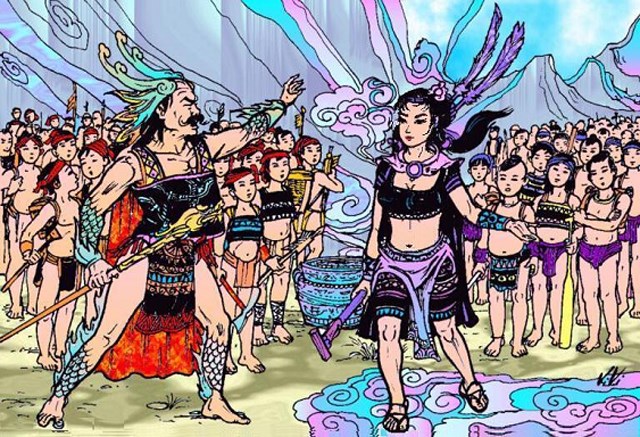
The reality, unsurprisingly, is rather less poetic. The population of Vietnam is an eclectic mix of cultures, languages and religions, encompassing at least 54 ethnic groups. The majority of the country, however, is dominated linguistically and culturally by the ethnic Vietnamese – also known as the Viet, or Kinh – who make up nearly 90% of the population and are thought to have originated in an area now occupied by southern China and northern Vietnam.
The only areas in which ethnic Vietnamese do not form the majority are the far northern regions of the country, where a diverse collection of ethnic groups maintain lifestyles and cultures quite different from the mainstream. These minority groups can often be recognised by their distinctive traditional dress and unique local customs. The largest of these groups are the Tay, Tai, Muong, Khmer Krom, Hoa, Nung and Hmong.
| Dress
The most recognisable traditional garment you’re likely to see in Vietnam today is the ao dai, an item of national dress consisting of a long, tight-fitting, silk tunic worn over loose trousers. The design of the modern ao dai is a variation on more traditional forms of dress, and was perfected in the 1950s. Though it was banned after the fall of Saigon in the late 1970s, the ao dai has since seen a resurgence and many women in Vietnam continue to wear it, often as part of a uniform for schools, universities and public service roles. he male equivalent of the ao dai is called the ao gam, and is a brocade tunic ordinarily worn only on special occasions, such as birthdays or festivals. You are less likely to see the ao gam than the ao dai in a day-to-day setting in Vietnam. More well-known even than the ao dai, the non la is a style of Vietnamese conical hat that has become symbolic not just of Vietnam but of East Asia in general for many Westerners. The hat, which is usually made from bamboo or straw, appears in Vietnamese art dating from 2,500-3,000 years ago, and is considered part of modern Vietnamese national costume. From the early twentieth century onwards, most Vietnamese have worn Western-style clothing in day-to-day life, whilst members of minority ethnic groups in the north of country still commonly wear the traditional dress of their own particular locality. |
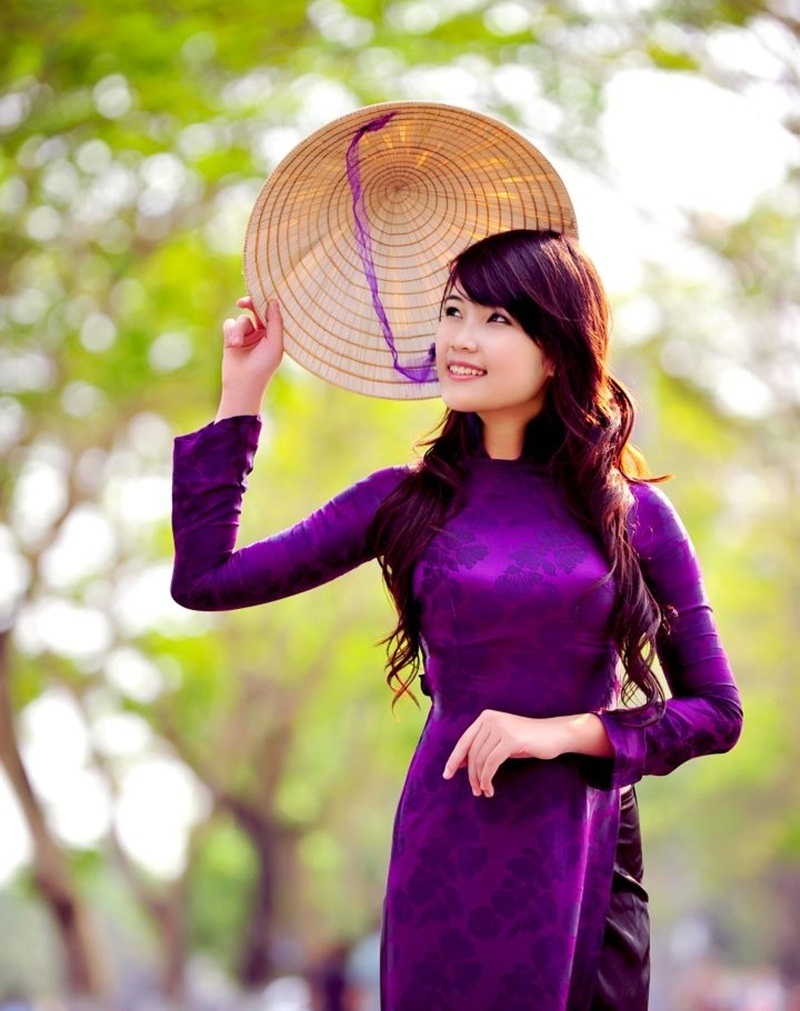 |
Language
As an eclectic fusion of monotonic Mon-Khmer, with Thai tonality and grammar and liberal borrowings from Chinese, the Vietnamese language reflects the diverse origins of the people who speak it.
Though an original writing system for the Vietnamese language was employed in the thirteenth century using modified Chinese characters, it wasn’t until the mid-1600s that the current Vietnamese alphabet (quoc ngu) was developed. This writing system, which uses the Latin alphabet with a wide range of diacritic marks to indicate additional sounds and tone, was developed by Portuguese Catholic missionaries with the express purpose of aiding their missionary efforts. The popularity of the script spread with help from the French, and eventually the traditional, Chinese-based Vietnamese script was abolished in 1918.
Go to topasiatravel.net for more useful information about Vietnam tours with Top Asia Travel
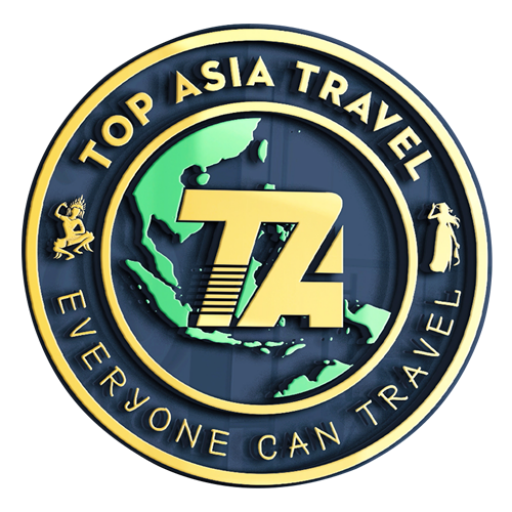
Hotline: 0931.939.888 – 0985.339.888
Email: info@topasiatravel.com.vn
